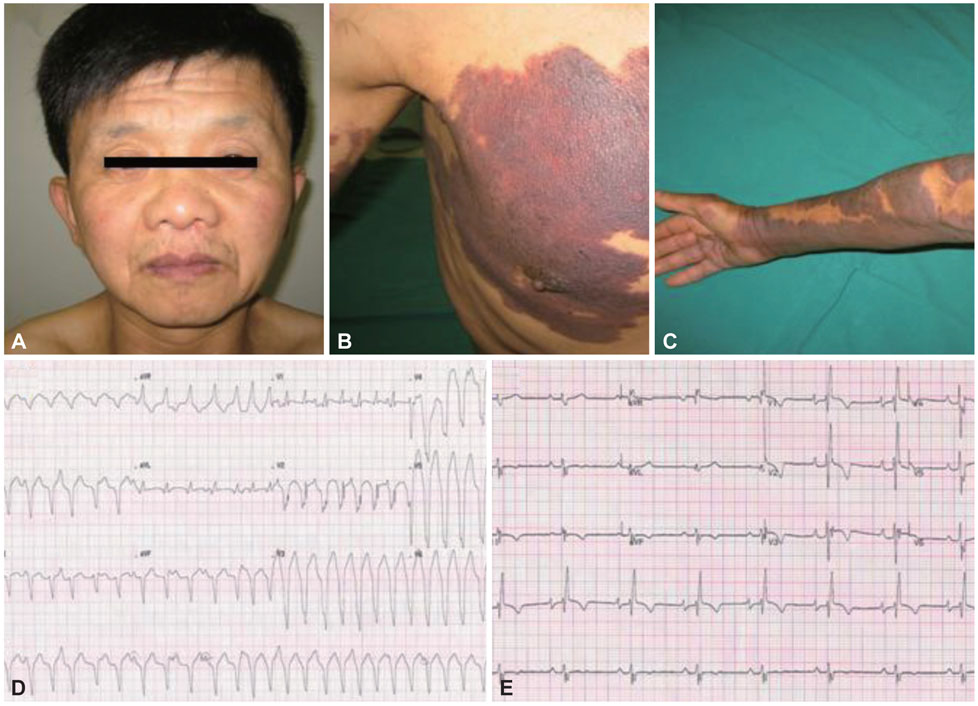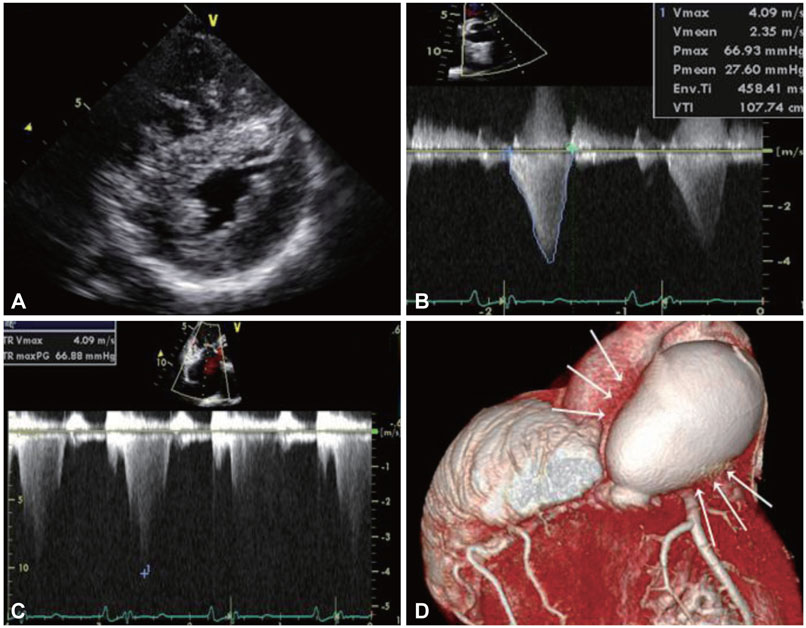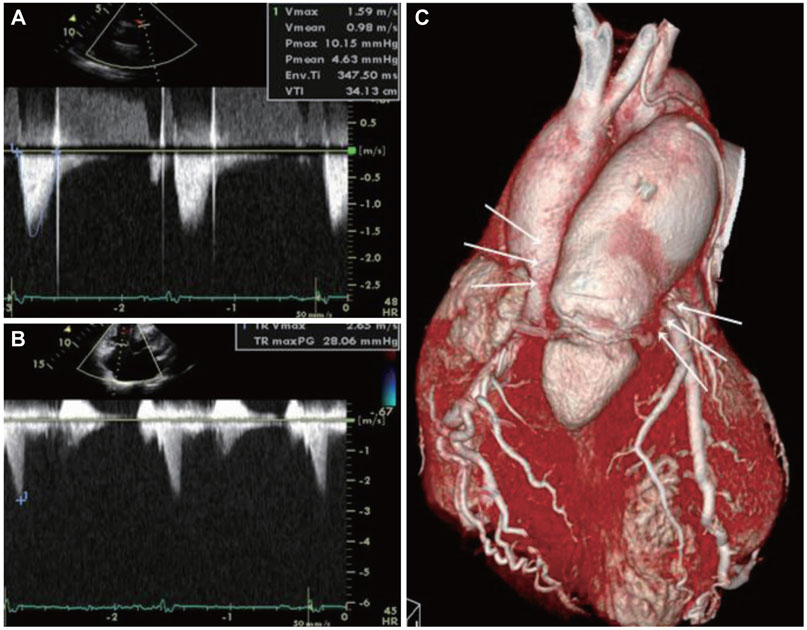Korean Circ J.
2010 Jul;40(7):339-342. 10.4070/kcj.2010.40.7.339.
The Management of Cardiovascular Abnormalities in Patient With LEOPARD Syndrome
- Affiliations
-
- 1Department of Internal Medicine, Vision 21 Cardiac and Vascular Center, Inje University College of Medicine, Ilsan Paik Hospital, Goyang, Korea. hmchoi49@naver.com
- KMID: 2225178
- DOI: http://doi.org/10.4070/kcj.2010.40.7.339
Abstract
- LEOPARD syndrome (LS) is a rare hereditary disorder in Asian countries. This syndrome consists of multiple systemic abnormalities. In particular, characteristic cardiovascular effects in LS may include variable clinical manifestations from benign to life-threatening courses. The cardiac effects of this syndrome consist of left ventricular hypertrophy (LVH), pulmonary stenosis (PS), coronary artery dilatation and electrocardiogram(ECG) abnormalities. Since there are few LS patients who have undergone a complete cardiovascular evaluation, the nature and clinical prognosis of cardiovascular abnormalities in this syndrome remain uncertain. Also, there have been few reports on therapeutic strategies for cardiovascular abnormalities in LS. Here we describe a case of LS who presented with multiple cardiovascular problems and underwent successful surgical and medical treatment.
Keyword
MeSH Terms
Figure
Reference
-
1. Gorlin RJ, Anderson RC, Moller JH. The LEOPARD (multiple lentigines) syndrome revisited. Birth Defects Orig Artic Ser. 1971. 7:110–115.2. Digilio MC, Sarkozy A, de Zorzi A, et al. LEOPARD syndrome: clinical diagnosis in the first year of life. Am J Med Genet A. 2006. 140:740–746.3. Voron DA, Hatfield HH, Kalkhoff RK. Multiple lentigines syndrome: case reports and review of the literature. Am J Med. 1976. 60:447–456.4. Limongelli G, Pacileo G, Marino B, et al. Prevalence and clinical significance of cardiovascular abnormalities in patients with the LEOPARD syndrome. Am J Cardiol. 2007. 100:736–741.5. Sarkozy A, Conti E, Seripa D, et al. Correlation between PTPN11 gene mutations and congenital heart defects in Noonan and LEOPARD syndromes. J Med Genet. 2003. 40:704–708.6. Moon KW, Park HJ, Yoo KD, et al. A case of Noonan syndrome combined with infundibular pulmonic stenosis. Korean Circ J. 1996. 26:586–592.7. St John Sutton MG, Tajik AJ, Giuliani ER, Gordon H, Su WP. Hypertrophic obstructive cardiomyopathy and lentiginosis: a little known neural ectodermal syndrome. Am J Cardiol. 1981. 47:214–217.8. Sumerville J, Bonham-Carter RE. The heart in lentiginosis. Br Heart J. 1972. 34:58–66.




